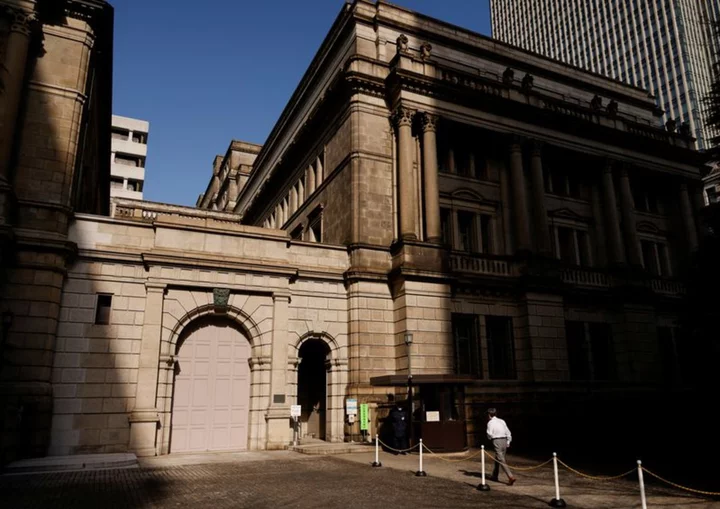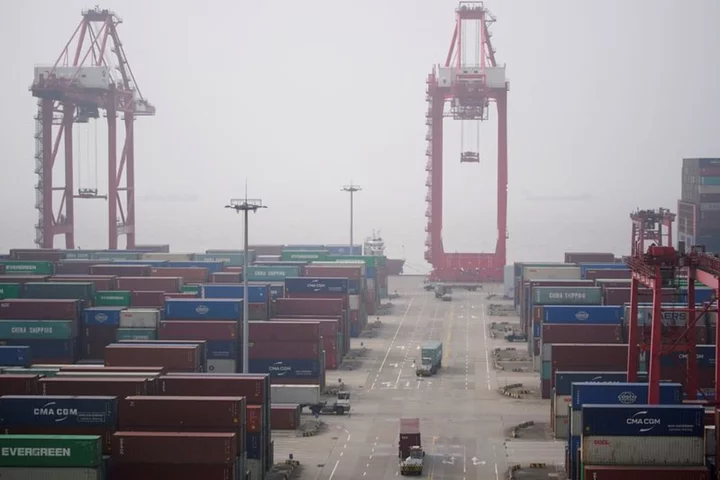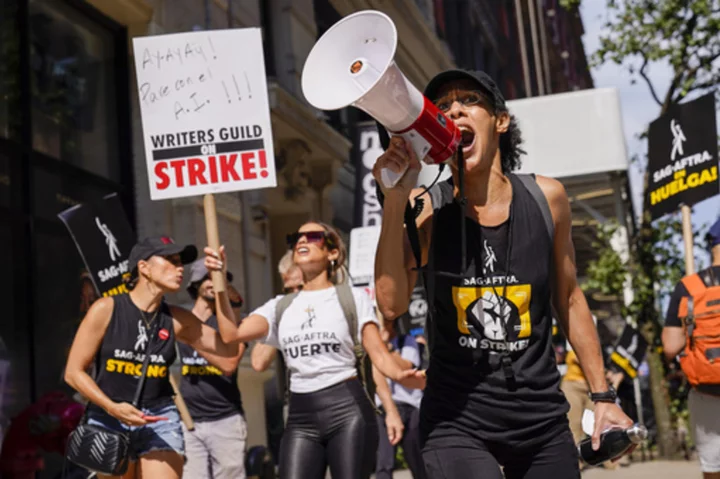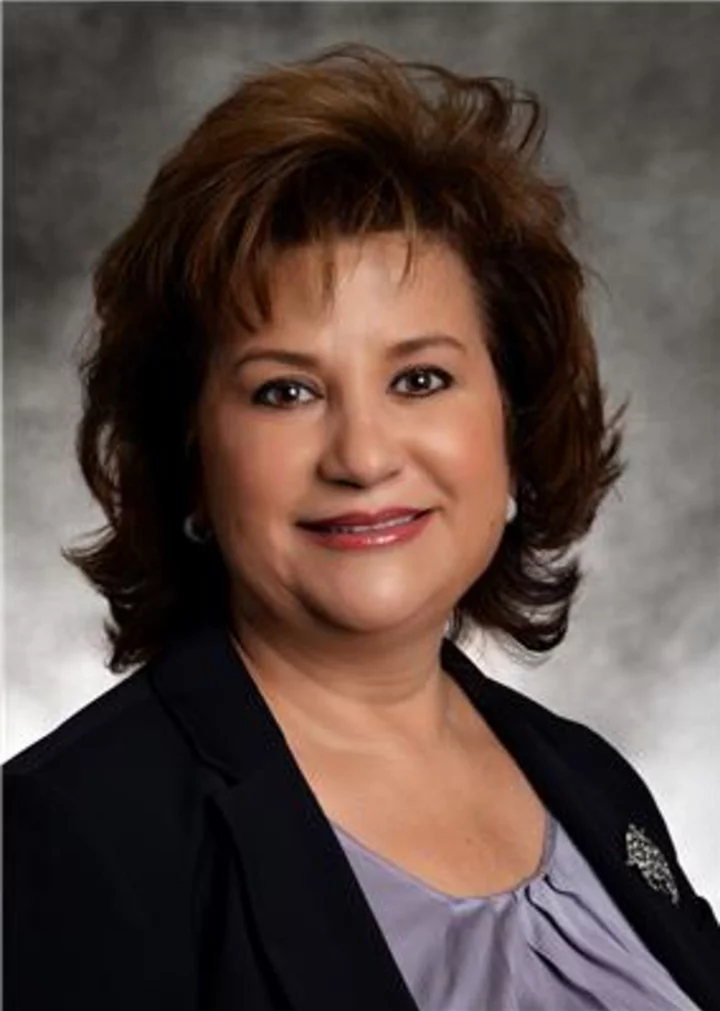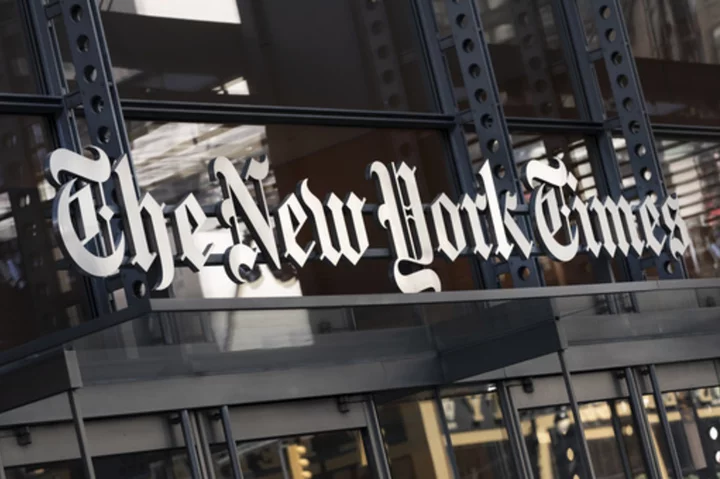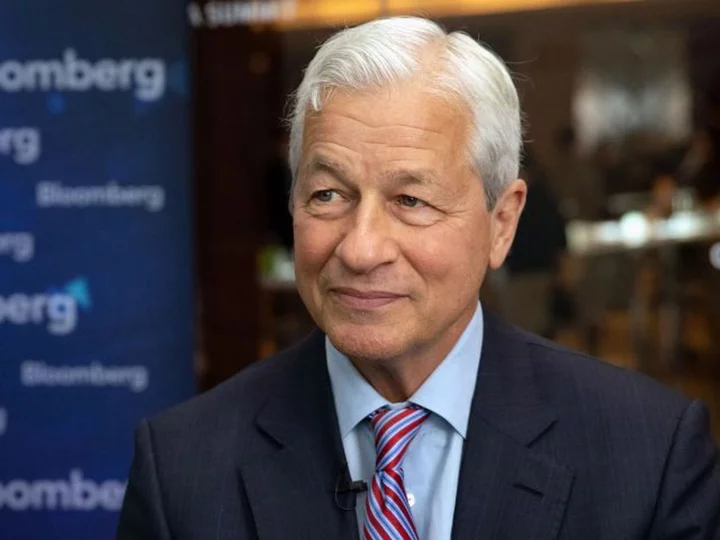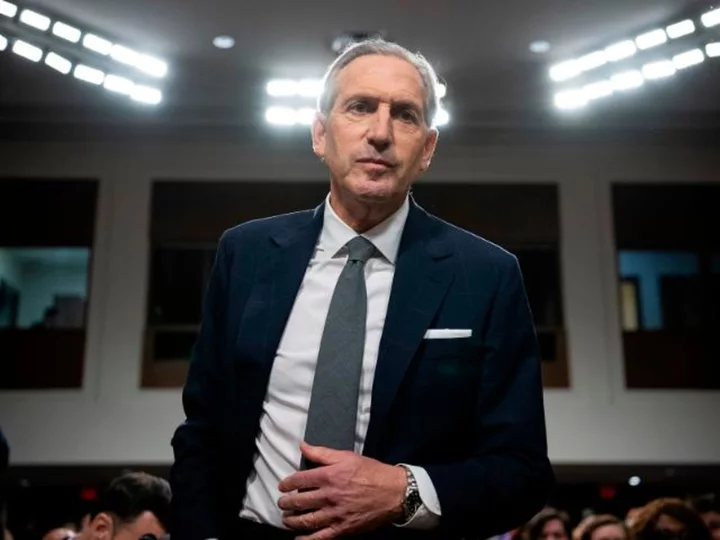By Leika Kihara
TOKYO The Bank of Japan will face growing pressure at its policy meeting next week to shift further away from its controversial bond yield control, amid rising global bond yields and persistent inflation.
A spike in U.S. Treasury yields has pushed up the 10-year Japanese government bond (JGB) yield near the BOJ's 1% cap set just three months ago, testing the bank's resolve to prevent an excessive market-driven surge in borrowing costs.
Whether the central bank will further relax its grip on long-term interest rates will largely depend on how markets move leading up to the Oct. 30-31 meeting, sources have told Reuters.
However, regardless of next week's decision, the BOJ has its eyes set on a near-term end to negative interest rates and is laying the groundwork for an eventual exit, said Yasuhide Yajima, chief economist at NLI Research Institute.
"Stocks are weakening now, so the BOJ might hold fire next week. But if markets stabilise, there's a chance of action as early as December," he said.
At next week's meeting, the BOJ is widely expected to keep its short-term rate target at -0.1% and that for the 10-year JGB yield around 0% set under its yield curve control (YCC) policy.
But the board may discuss the fate of the 1% ceiling set for the 10-year yield, as leaving it unchanged could force it to ramp up bond buying and expand its already huge balance sheet, analysts say.
Various factors complicate the timing of an exit for the BOJ, which remains a dovish outlier among global central banks that have mostly hiked rates aggressively to combat soaring inflation.
Inflation has stayed above the BOJ's 2% target for the 18th straight month in September. Surveys have shown heightening inflation expectations, which lowers the real cost of borrowing even if nominal rate levels remain unchanged.
The BOJ is likely to revise up its projections next week to forecast inflation hitting or exceeding its 2% target this year and next. The weak yen, which is blamed for hurting households by boosting imported food and fuel prices, also piles pressure on the BOJ to narrow the gap between U.S. and Japanese interest rates.
Publicly, BOJ governor Kazuo Ueda has repeatedly ruled out the chance of an early exit, warning of the fallout from slowing global growth and high uncertainty on next year's wage outlook.
Just how Prime Minister Fumio Kishida's government sees current monetary settings remains unclear.
While higher Japanese rates could stem yen falls, they could lead to an increase in mortgage rates and borrowing costs for smaller firms struggling to emerge from the pandemic.
The government is compiling a spending package to cushion the economic blow from rising living costs. Kishida has said the package is needed to "pull Japan sustainably out of deflation."
Chief Cabinet Secretary Hirokazu Matsuno has said he expects the BOJ to work closely with the government in guiding policy, when asked on Friday about next week's rate review.
But markets and the government appear to be bracing for a near-term exit amid growing evidence the BOJ is quietly laying the groundwork, such as its decision to lift its yield cap in July and signals that Japan is shaking off its deflationary mindset.
Major financial institutions like Japan's Dai-Ichi Life Insurance project a shift in BOJ policy early next year. Nearly two-thirds of economists polled by Reuters expect the BOJ to end negative rates next year.
"The BOJ will end negative rates and YCC at some point," a government official who has regular interaction with the BOJ said on condition of anonymity due to the sensitivity of the matter. "It's just a question of timing."
(Reporting by Leika Kihara. Editing by Sam Holmes)

